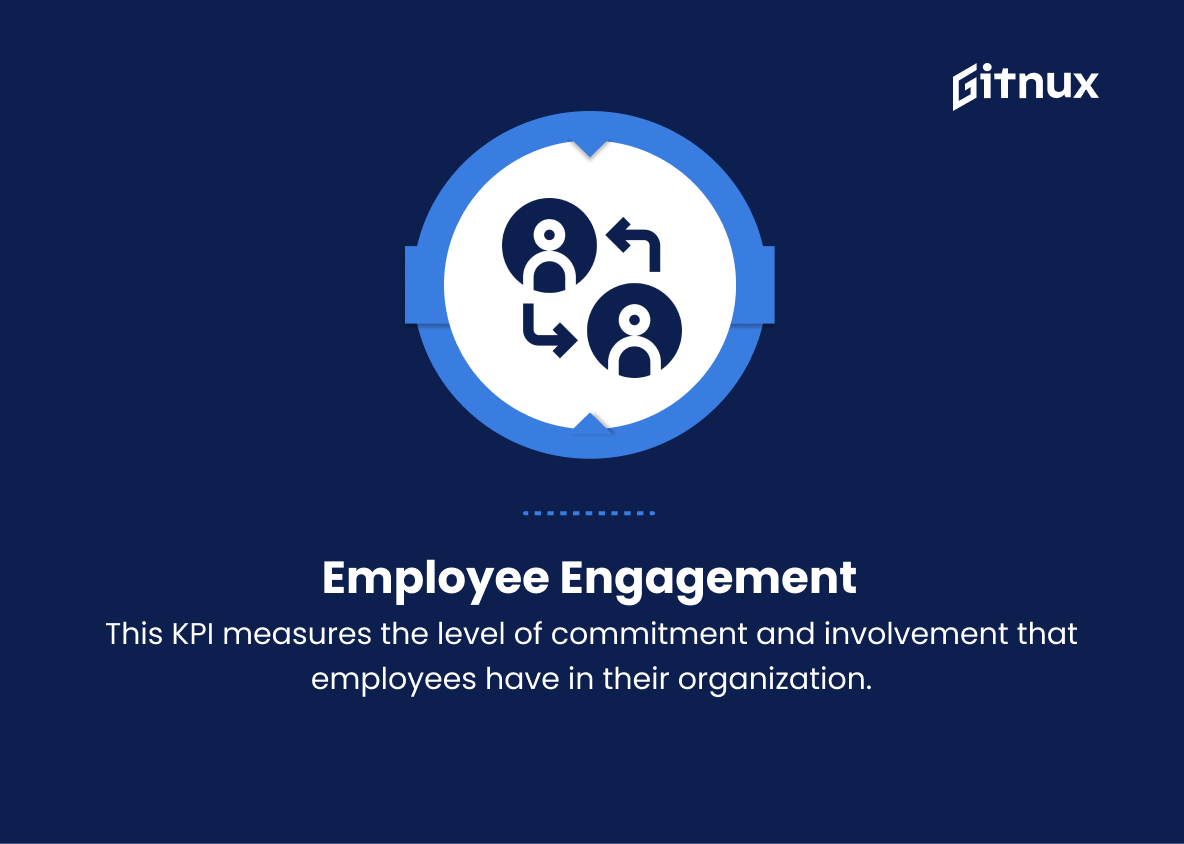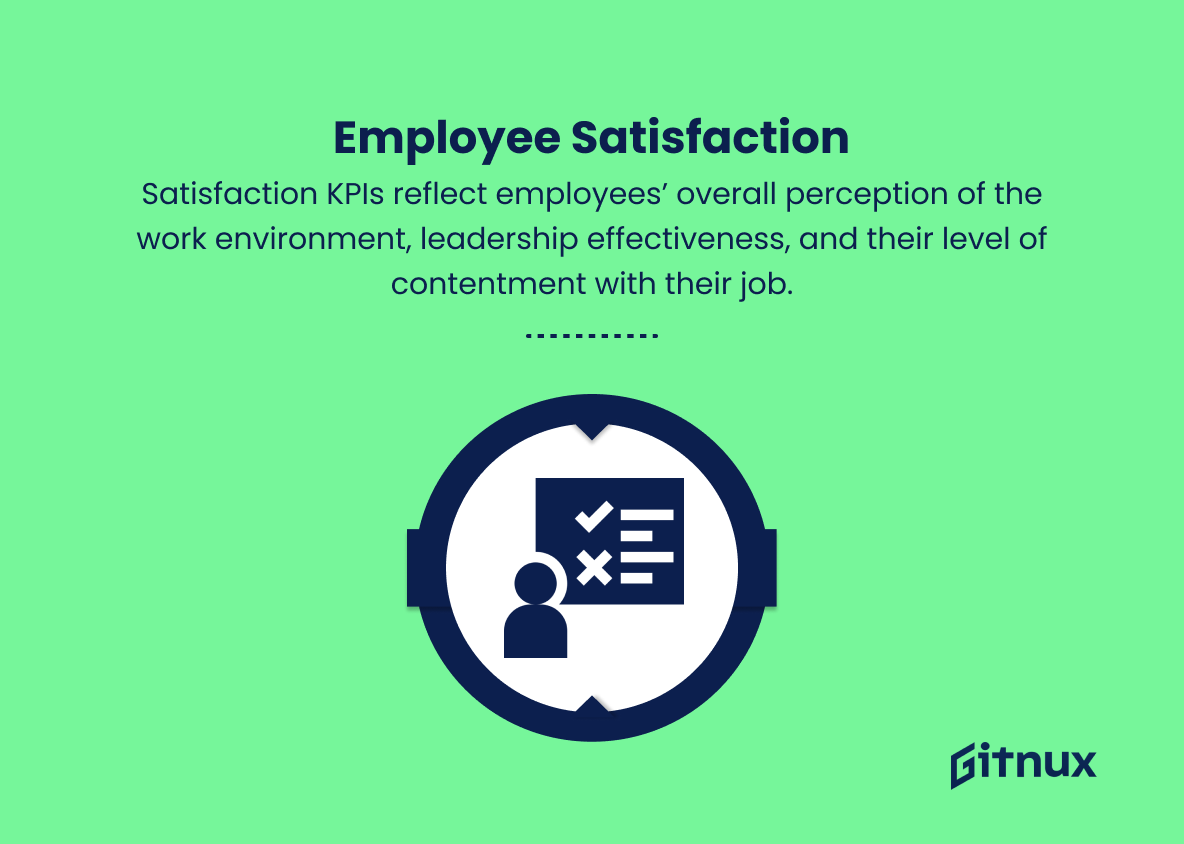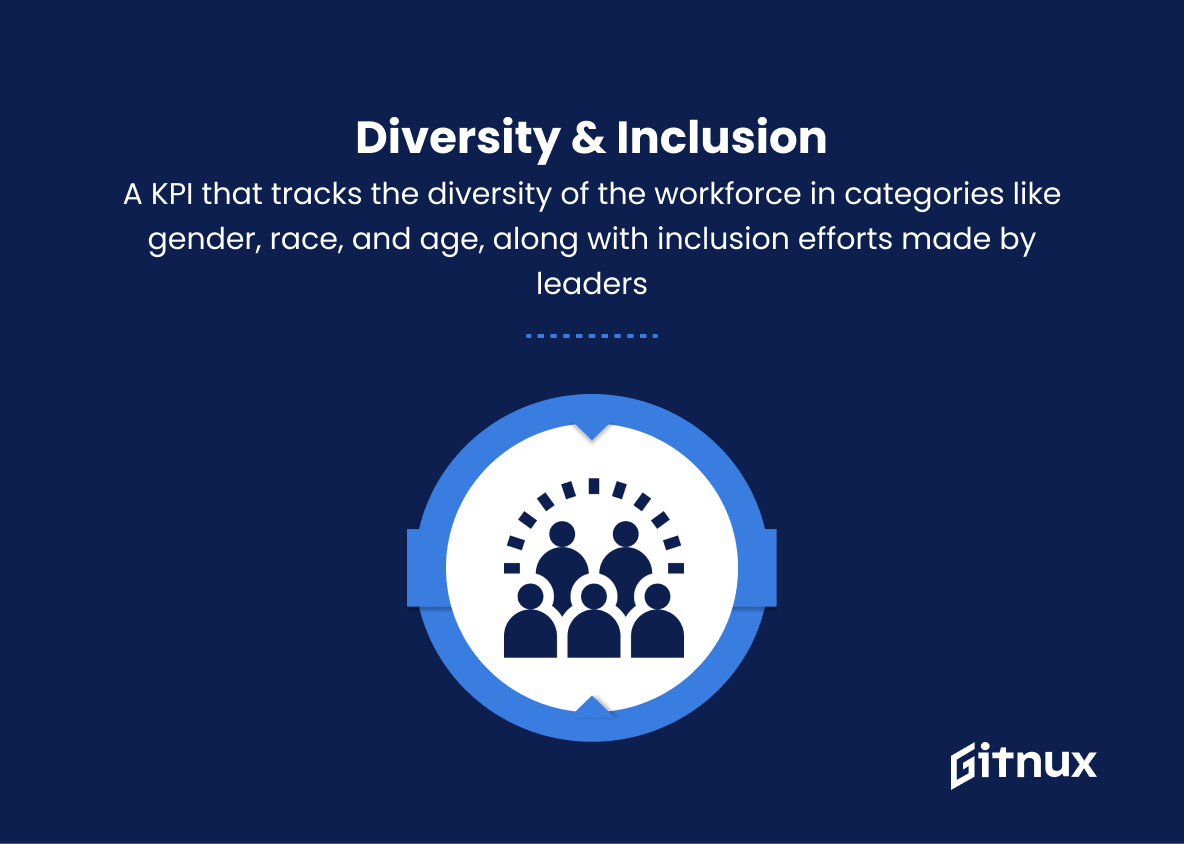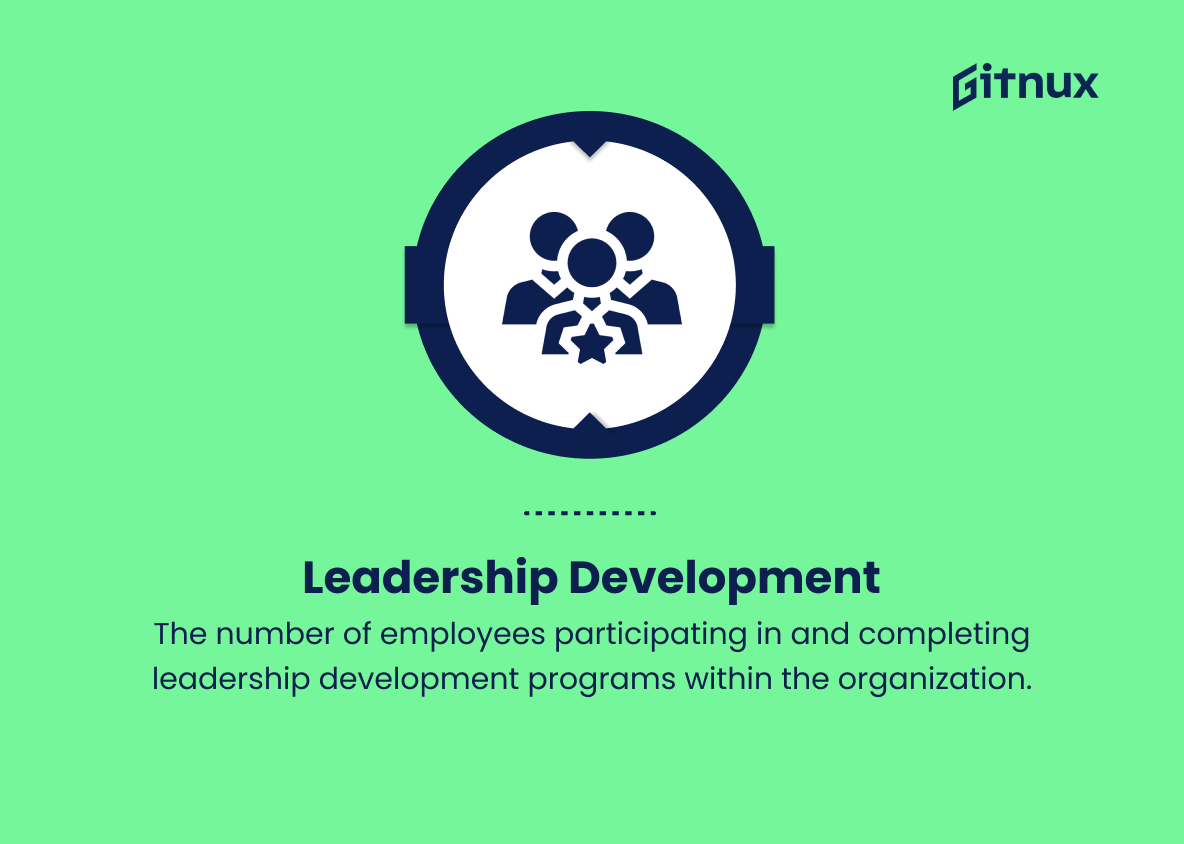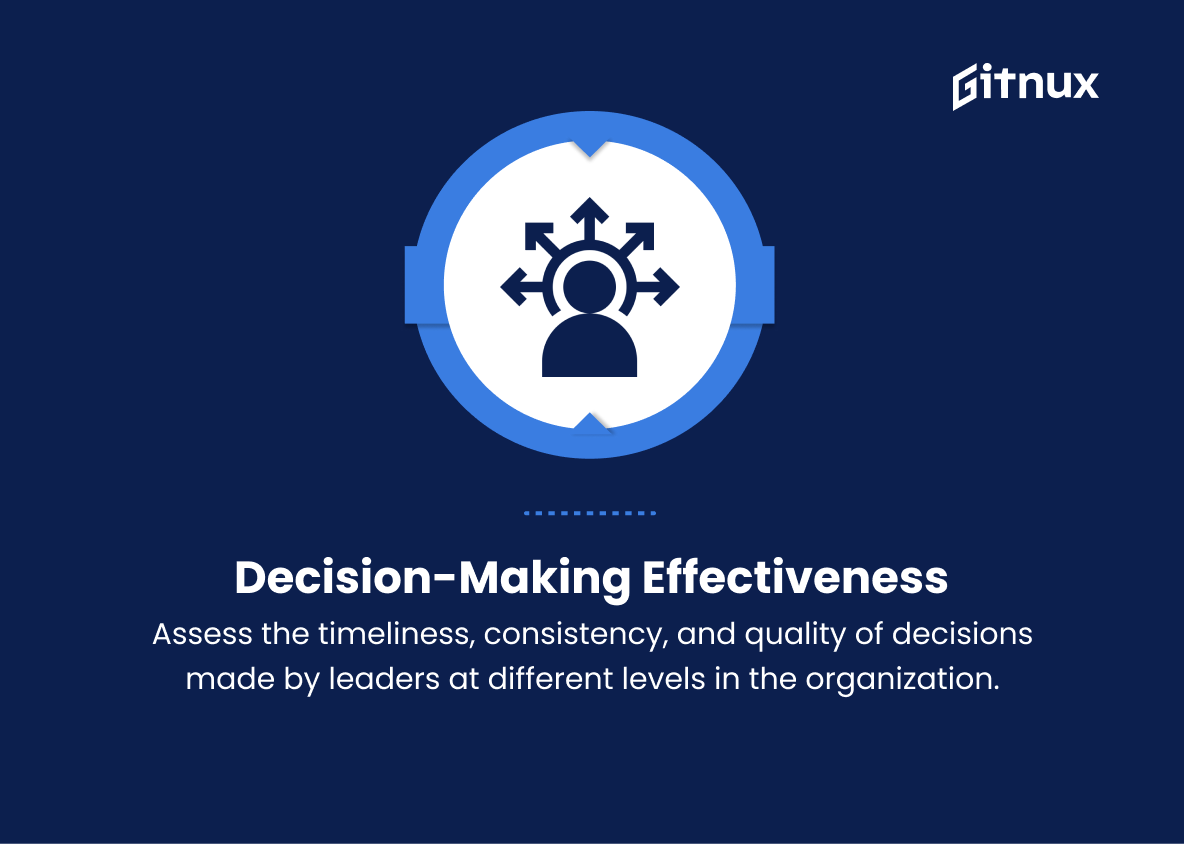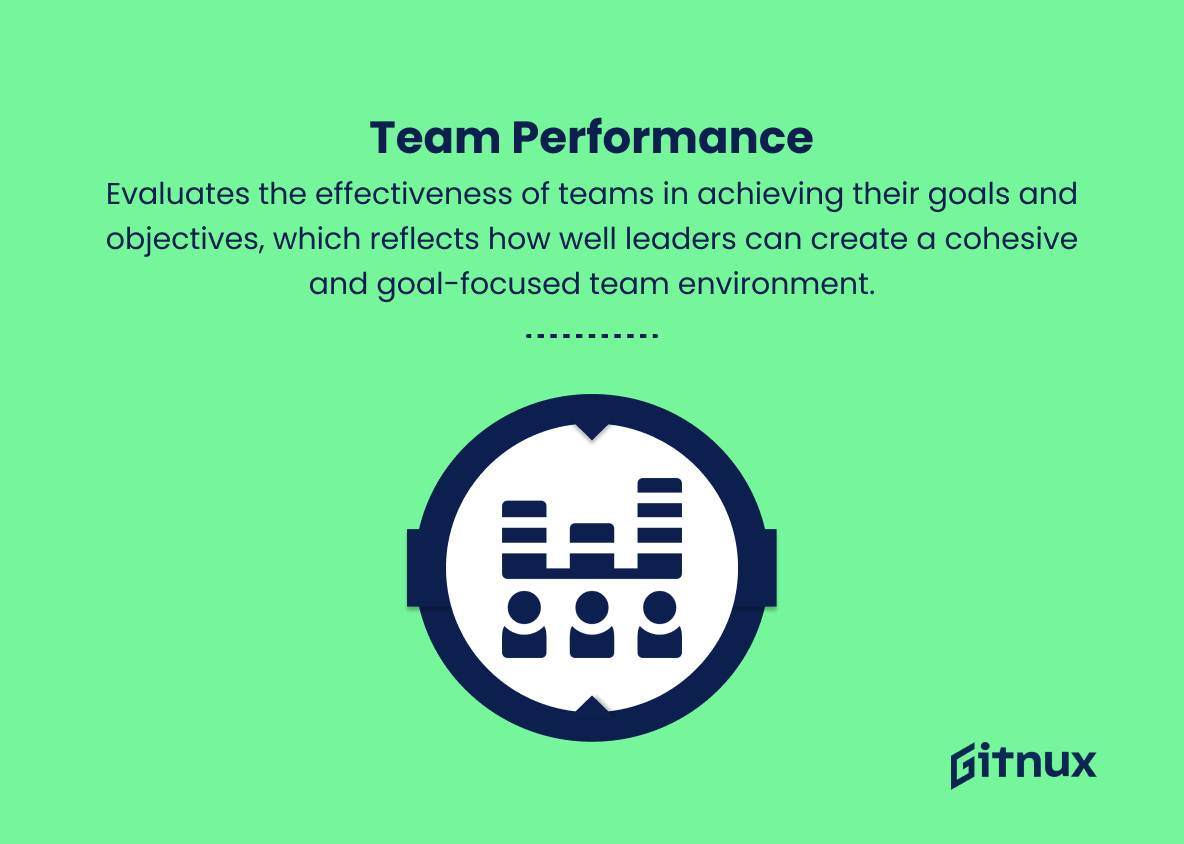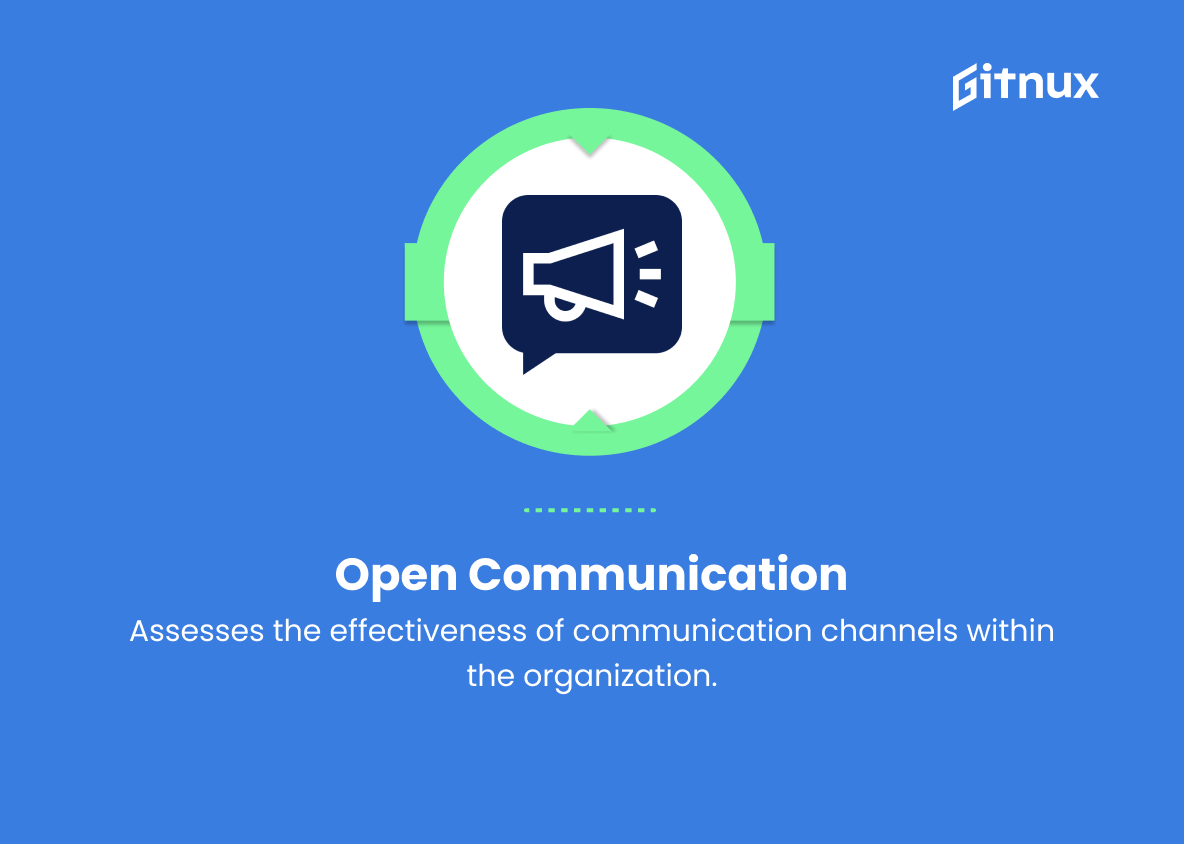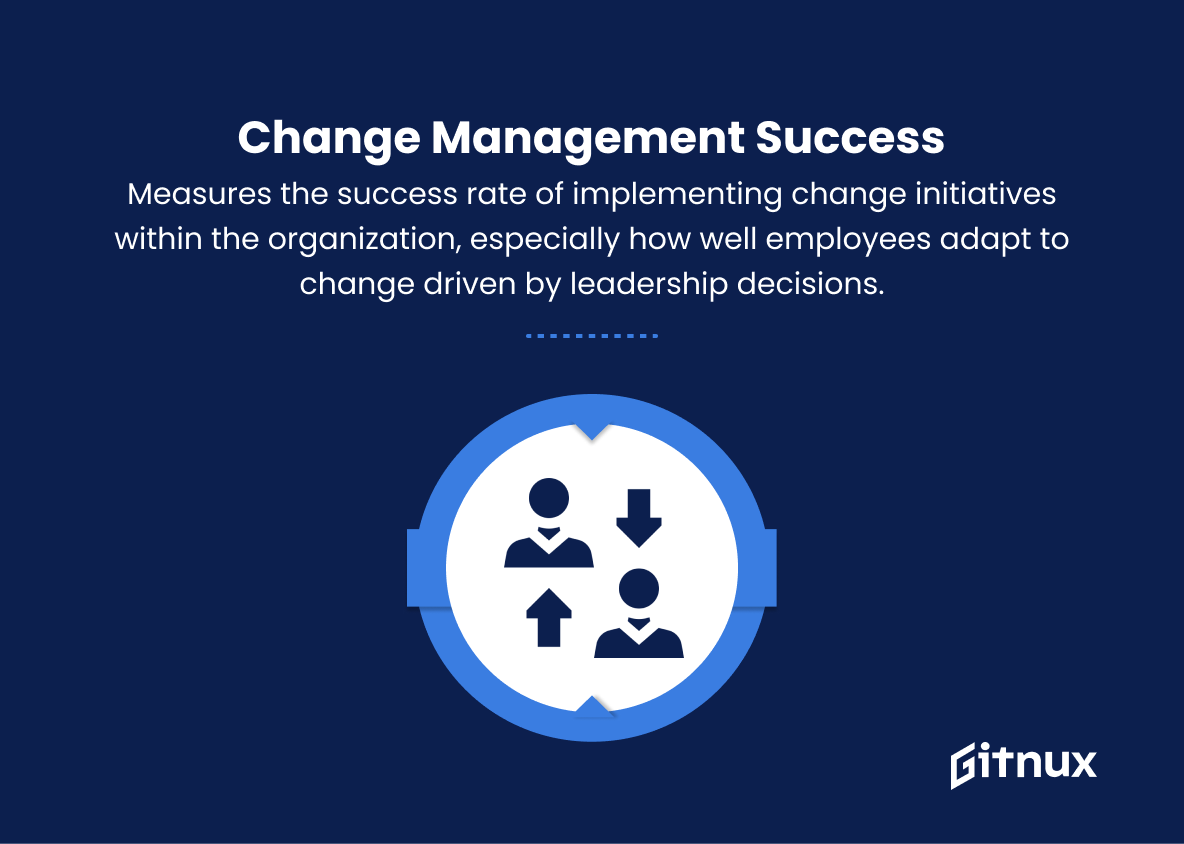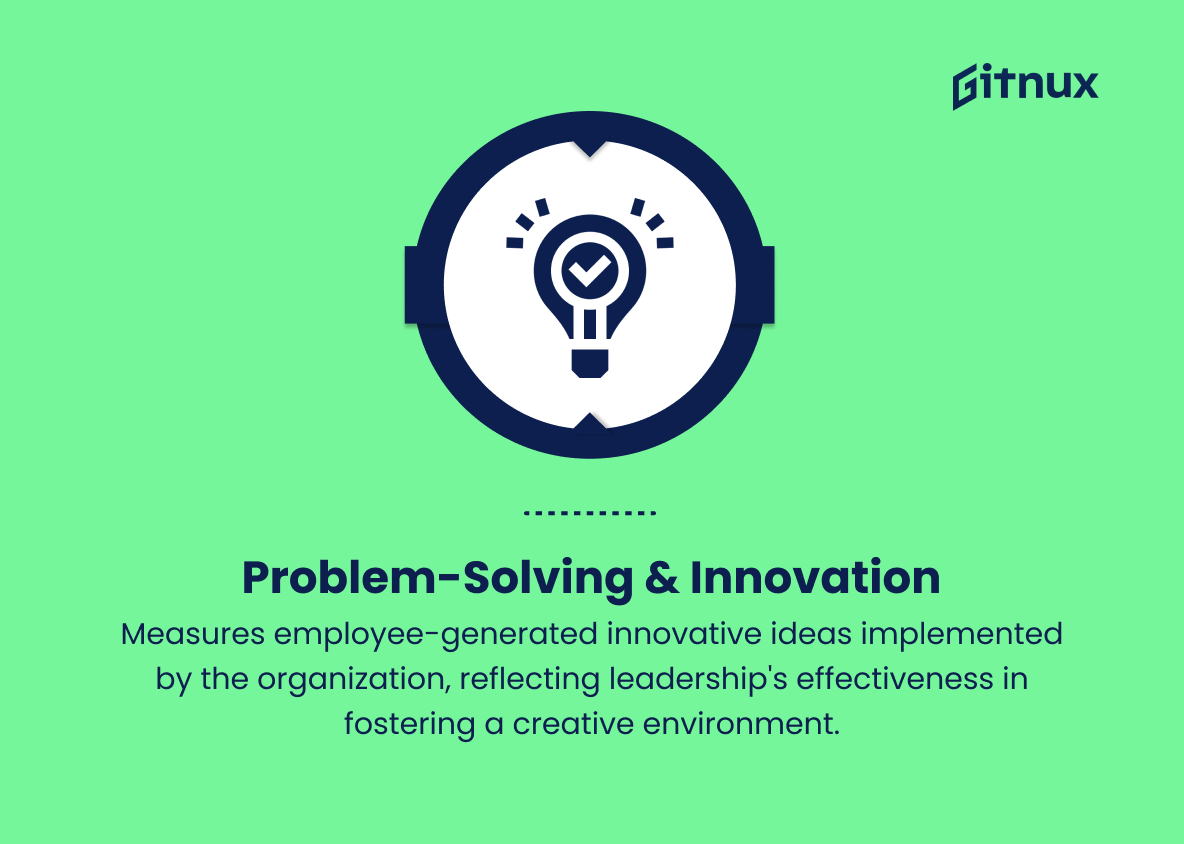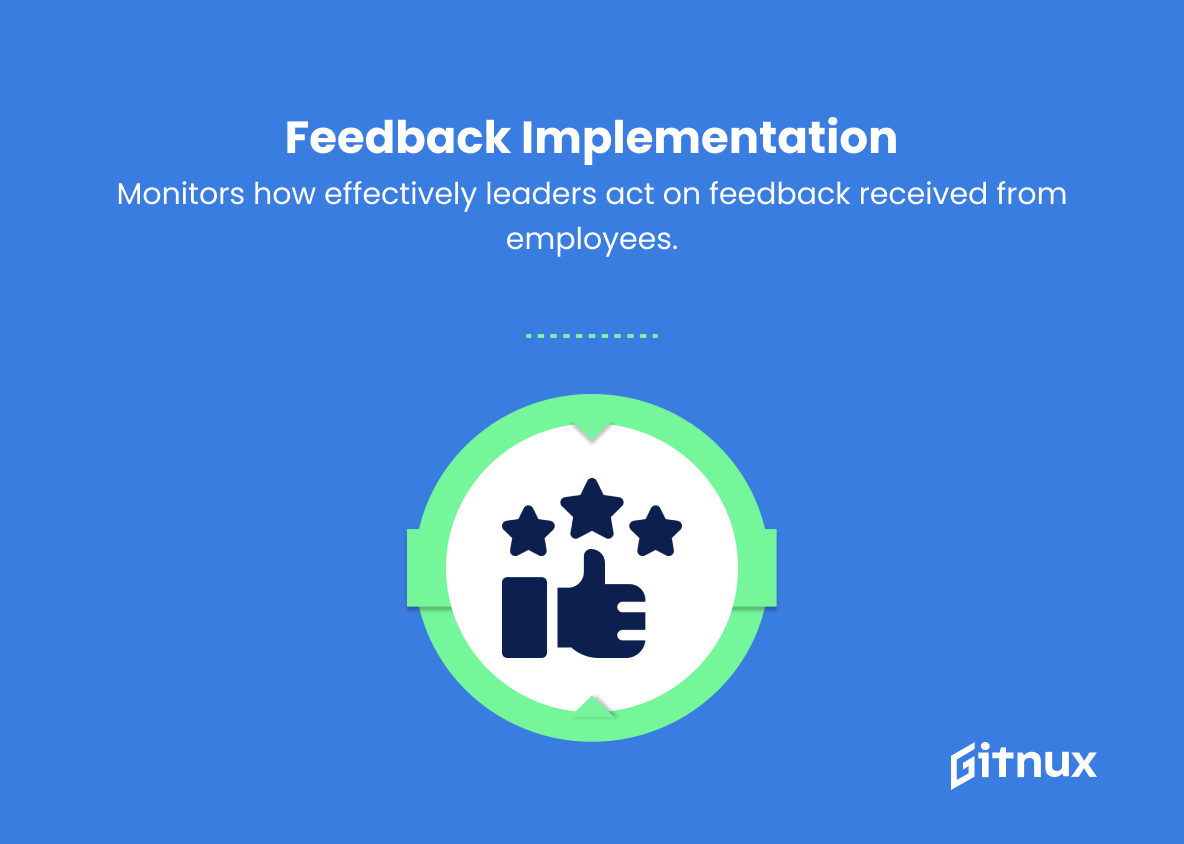In today’s competitive business environment, effective leadership is critical to an organization’s success. However, leadership is not a one-size-fits-all concept, but rather a multifaceted role with numerous dimensions that must be carefully tracked, measured, and evaluated.
Key Performance Indicators (KPIs) are essential tools for measuring the effectiveness of leadership in driving an organization toward its strategic goals. This blog post will explore the critical leadership KPIs that executives and management professionals should adapt to optimize their team’s performance, inspire lasting change, and ultimately strengthen their organization’s bottom line.
Leadership KPIs You Should Know
1. Employee Engagement
This KPI measures the level of commitment and involvement that employees have in their organization. Higher engagement leads to more productivity, improved retention, and better innovation.
2. Employee Satisfaction
Satisfaction KPIs reflect employees’ overall perception of the work environment, leadership effectiveness, and their level of contentment with their job. Higher satisfaction generally translates to more loyalty and commitment from employees.
3. Key Talent Retention
Measures the number of talented and high-performing employees who continue to work within the organization. Retaining top talent demonstrates that leadership is effectively motivating and supporting their workforce.
4. Diversity & Inclusion
A KPI that tracks the diversity of the workforce in categories like gender, race, and age, along with inclusion efforts made by leaders. A more diverse and inclusive workplace fosters innovation and better decision-making.
5. Leadership Development
The number of employees participating in and completing leadership development programs within the organization. This KPI reflects the company’s commitment to investing in the future success of its employees and fostering a strong leadership pipeline.
6. Employee Recognition & Rewards
Quantifies formal and informal recognition of employee achievements and contributions. It demonstrates how effectively leaders are encouraging and rewarding good work.
7. Decision-making Effectiveness
Assess the timeliness, consistency, and quality of decisions made by leaders at different levels in the organization. This could be measured through employee surveys, internal process indicators, or the outcomes of specific initiatives.
8. Team Performance
Evaluates the effectiveness of teams in achieving their goals and objectives, which reflects how well leaders can create a cohesive and goal-focused team environment.
9. Open Communication
Assesses the effectiveness of communication channels within the organization. Open and transparent communication coming from the leadership reflects a healthy work culture and fosters trust among employees.
10. Change Management Success
Measures the success rate of implementing change initiatives within the organization, especially how well employees adapt to change driven by leadership decisions.
11. Problem-solving & Innovation
Tracks the number of innovative ideas or solutions generated by employees and implemented by the organization, reflecting leadership’s effectiveness in fostering a creative and collaborative environment.
12. Feedback Implementation
Monitors how effectively leaders act on feedback received from employees. This KPI demonstrates the willingness of leaders to listen, learn, and improve based on their employees’ perspectives.
Leadership KPIs Explained
Leadership KPIs are critical to evaluating the overall effectiveness and success of an organization. Employee engagement is a critical KPI because higher levels of engagement lead to increased productivity, retention and innovation. Employee Satisfaction measures overall satisfaction with the job and work environment, contributing to employee loyalty and commitment.
Retaining Key Talent demonstrates leadership’s ability to effectively motivate and support employees. The Diversity & Inclusion KPI ensures that diverse perspectives contribute to a more innovative and robust decision-making process.
Leadership Development promotes a strong leadership pipeline within the organization by investing in employee growth. Employee Recognition & Rewards reflects how well leaders encourage and recognize exceptional work, while Decision-Making Effectiveness measures the consistency and quality of leadership decisions.
Team Performance highlights the ability of leaders to create a cohesive and goal-oriented environment. Open Communication fosters trust among employees and contributes to a healthy work culture.
Change Management Success assesses the organization’s adaptability to change initiatives driven by leadership, while Problem Solving & Innovation shows the effectiveness of leaders in fostering creativity and collaboration.
Finally, the Feedback Implementation KPI highlights the importance of listening, learning, and continuously improving based on employee perspectives. Together, these KPIs provide a comprehensive assessment of leadership’s impact on a thriving and successful organization.
Conclusion
In summary, leadership KPIs are an integral part of measuring and driving growth within an organization. It is imperative for organizations and leaders alike to continually evaluate their performance against a well-defined set of key performance indicators.
By focusing on aspects such as communication, decision-making, collaboration, employee engagement, and innovation, leaders are better able to lead their teams to success.
Ultimately, modern leadership should embrace data-driven decision-making and keep KPIs at the forefront to ensure the continuous development of individuals, teams, and the organization as a whole.
